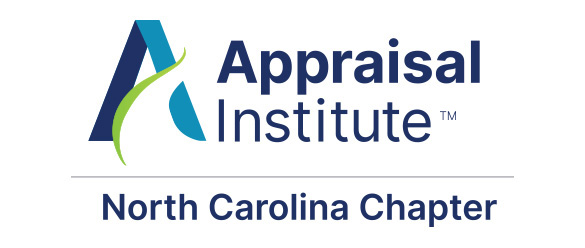Originally published on July 12, 2021, by Michael Tucker for MBANewslink.
Consumer retail spending now exceeds pre-COVID levels; investor confidence in retail real estate is also growing, reported JLL, Chicago.
The retail sector–especially non-essentials goods and services–was among the hardest-hit CRE sectors early in the pandemic, but as vaccinations increase and restrictions ease, investor interest is nearly back to pre-pandemic levels. The sector captured an 11-percent share of transaction volume year-to-date in 2021, nearly where it was before the 2020 lockdowns.
“Consumer shopping patterns have bounced back due to pent-up demand over the past 12 months,” said Danny Finkle, JLL Senior Managing Director. “People are spending money across the spectrum of retail locations.”
Finkle noted this increased spending goes “hand-in-hand” with investor sentiment, “so as consumers spend more on food and beverage, apparel and other non-essentials and spend time in malls, departments stores and lifestyle centers, capital will follow,” he said.
